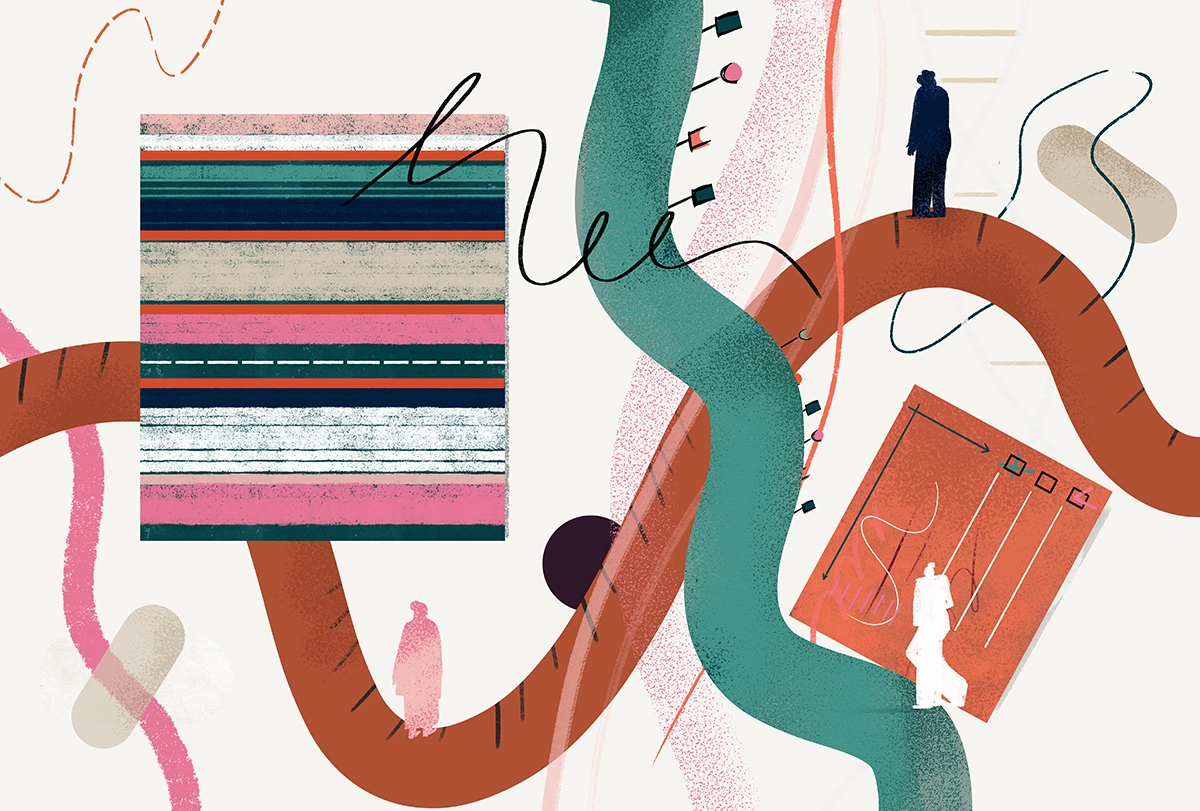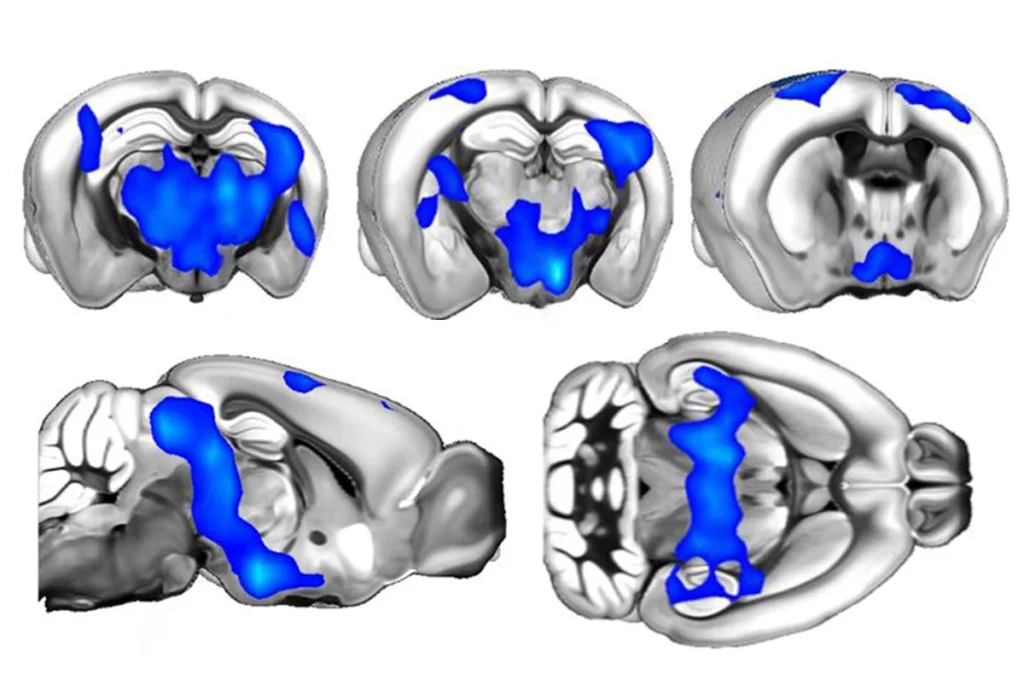Nearly one-third of cerebral palsy cases may be genetic, according to two recent meta-analyses. The finding has created a shift in researchers’ understanding of the condition, long viewed as a byproduct of events occurring at or before birth. It has also led to new explorations, at the genetic level, into the neuromotor problems associated with cerebral palsy.
“With CP, we thought we knew,” says Michael Kruer, a pediatric neurologist at Phoenix Children’s Hospital in Arizona, who leads a cerebral palsy genetics group and worked on one of the meta-analyses. Factors such as premature birth and difficult deliveries are still important causes of cerebral palsy, he adds, but “it’s just not the whole story.”
C
erebral palsy was originally thought to be primarily caused by anoxia due to a birth injury, and those ideas still form “the basis of a lot of conventional thinking,” says Siddharth Srivastava, a pediatric neurologist at Boston Children’s Hospital in Massachusetts, and lead researcher on one of the meta-analyses, published in JAMA Neurology last year. But the truth is more nuanced than that, the two analyses show.For example, among 2,419 people diagnosed with cerebral palsy, 23 percent had a genetic basis for the condition, according to whole-exome sequencing, Srivastava and his colleagues found. And for those with no risk event in their past, the link to a genetic cause was even higher, at 35 percent.
Similarly, in the second meta-analysis, published in JAMA Pediatrics in March, about 31 percent of 2,612 people with cerebral palsy were found to possess a gene variant linked to their condition. Genes were also implicated in up to 16 percent of people with a known risk event around birth.
Some of those genetic variants may contribute to events that can lead to cerebral palsy. A mutation in COL4A1 is linked to stroke, for instance. Mutations in the genes RHOB and FBXO31 were also implicated in cerebral palsy in a 2020 study led by Kruer.
But how strong the link is between some genes and phenotype is still unclear — which prompts Srivastava to wonder if an interplay between genetic conditions and environmental risk factors leads to cerebral palsy. “In that causal pathway, maybe it’s not one thing; maybe it’s multiple things,” he says. Or, he adds, some genetic findings may be unrelated to cerebral palsy.
Such questions have steered the field of cerebral palsy genetics into “uncharted territory,” Srivastava says, as researchers discover new genes. Kruer was part of a study about a decade ago that uncovered a gene associated with cerebral palsy in a family that included four people with the condition. Today he and Sara Lewis, a postdoctoral fellow in his lab, are investigating new risk genes by introducing loss-of-function mutations into fruit flies and testing the flies’ locomotor ability. That work is helping the group to map motor phenotypes to specific cellular and molecular pathways, which might eventually lead to treatments for neuromotor issues, Lewis says.
But to push the field further, researchers need bigger, more heterogeneous cohorts, says Clare van Eyk, a research fellow at the University of Adelaide in Australia. “If you just take any child with cerebral palsy, what are the chances that there will be a genetic diagnosis?” she says. It took large cohorts to even begin to understand the link between genes and autism, she notes, and cerebral palsy needs something similar to “get a full picture of the genetics.”
The diagnostic yield based on currently available studies is likely an underestimate, van Eyk and her colleagues wrote in an op-ed accompanying the March 2023 meta-analysis, also stating that “the message is clear: All cases of cerebral palsy, whatever the presumed cause, merit genomic testing.”
A
s more connections between genes and cerebral palsy emerge, it could change how the condition is diagnosed as well.The American College of Medical Genetics currently recommends that exome and genome sequencing be used as a first- or second-tier test for developmental delay or intellectual disability. If that’s the standard of care for other neurodevelopmental conditions, “I don’t see why we should not offer or include” exome sequencing for cerebral palsy, says Andres Moreno de Luca, a neuroradiologist at Geisinger in Danville, Pennsylvania, who led the 2023 meta-analysis. “Based on the diagnostic yield, it’s right in line with autism, with ID, with epilepsy.”
Whole-exome sequencing could also help elucidate more complicated cases, says Srivastava, who examined such cases in a study published in Annals of Clinical and Translational Neurology last year (and included in his meta-analysis). Srivastava and his colleagues split 50 people with cerebral palsy into three groups: those with no past risk factors for the condition, those with at least one risk factor, and a group they called “masqueraders” — people who appear to have cerebral palsy but also have symptoms counter to the definition of the condition.
In that last group, which included five people, three — including Bridget Lassig’s son Donovan — had a pathogenic gene variant. Donovan, now 19, was diagnosed with cerebral palsy at 18 months old, but 12 years later Bridget noticed his gait issues were worsening — which is not characteristic of cerebral palsy. In fact, Donovan’s sequencing results showed a de novo mutation in the SPAST gene, which causes a rare, progressive condition known as hereditary spastic paraplegia.
Genetic testing brought her family answers, Lassig says, ones she wishes she could have had earlier, before Donovan endured two major procedures. “We likely would not have done the surgeries,” she says, “and we don’t really know how much benefit they brought.”
“The tools are there,” to give other families better answers sooner, she says. “The cost is not restrictive anymore. We should just take advantage of them.”






